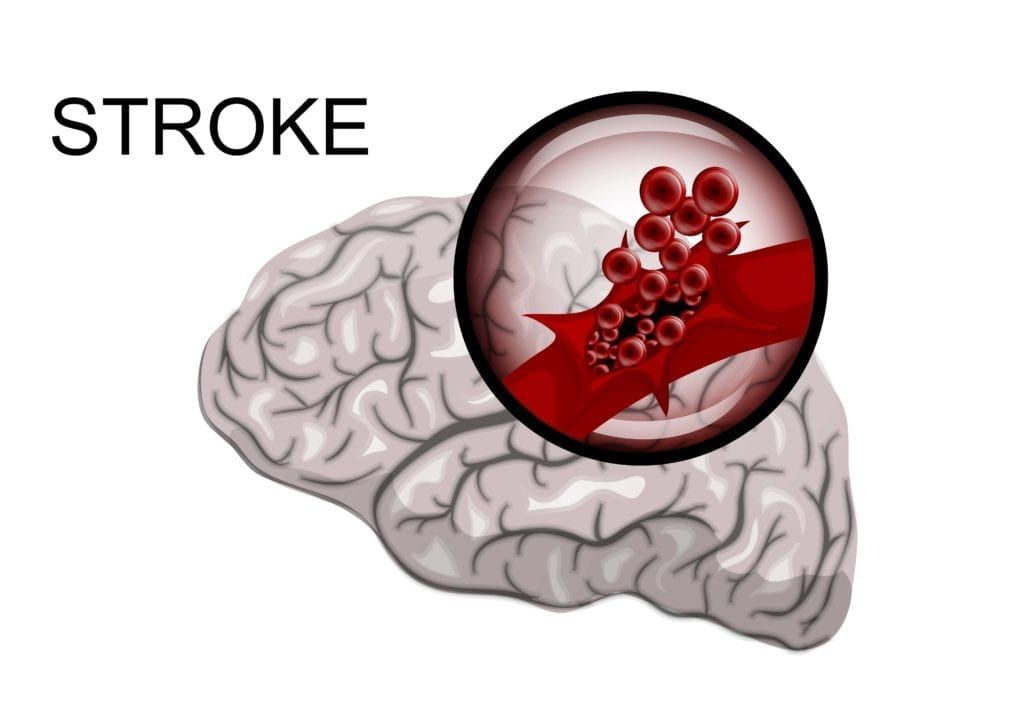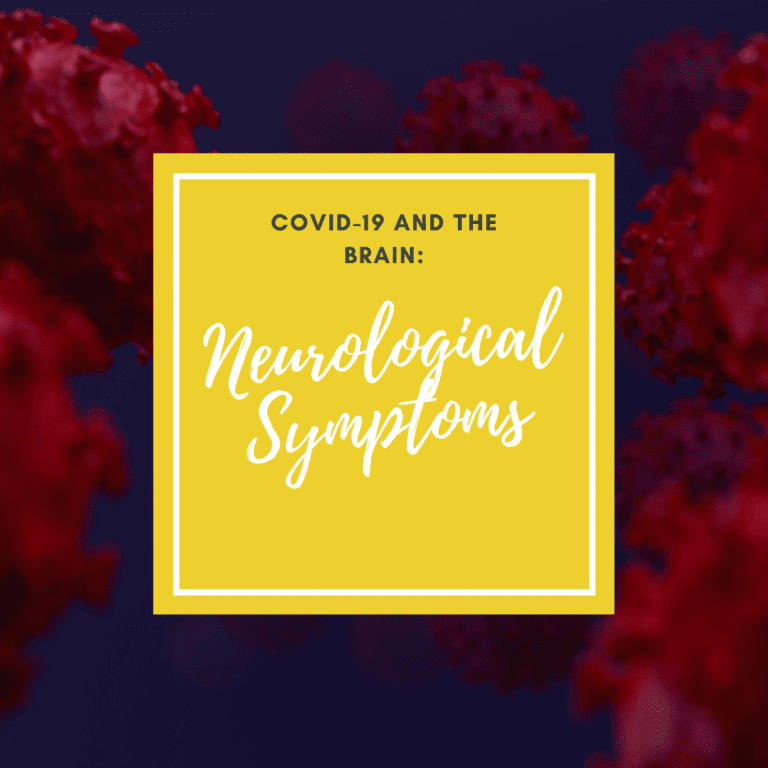Now that we know how COVID-19 can spread from the body into the brain, let’s take a look at some of the neurological symptoms that have been observed in COVID-19 patients. When it comes to COVID-19, there are two types of neurological symptoms that can occur: those caused directly by the virus itself and those that are due to a secondary effect of the disease, such as low oxygen levels. However, since the neurological symptoms of COVID-19 are still being researched, it can be tough to categorize certain symptoms as being caused directly from the virus or from another symptom caused by the virus.
In any case, neurological symptoms have been seen in enough patients with COVID-19 to warrant further exploration in this area. For starters, a recent study performed by the Northwestern University Feinberg School of Medicine in Chicago, found that around one-third of patients hospitalized for COVID-19 between March 5th and April 6th 2020 experienced one or more neurological symptoms. About 91.4% of these symptoms occurred during the course of the disease and included muscle pain (myalgia), headaches, dizziness, altered mental function (encephalopathy), and problems with smell and taste. The study also noted that some patients suffered from stroke, motor and sensory deficits, mobility disorders, seizures, and ataxia, although these neurological symptoms were rare and affected only 0.2-1.4% of patients.
Out of the 509 COVID-19 patients, neurological symptoms were experienced as follows:

- 228 (44.8%) experienced muscle pain (myalgias)
- 192 (37.7%) experienced headaches
- 162 (31.8%) experienced encephalopathy
- 151 (29.1%) experienced dizziness
- 81 (15.9%) experienced dysgeusia (distortion of taste)
- 58 (11.4%) experienced anosmia (loss of smell)
As a whole, neurologic manifestations such as muscle pain, headaches, or dizziness were more likely to affect younger patients in their mid to late 50s. However, encephalopathy in particular was more likely to affect older patients in their mid to late 60s. While the study makes no explicit statements on what causes the neurological symptoms, it noted that the higher rates of encephalopathy paralleled literature on sepsis-associated encephalopathy. The study also noted that encephalopathy could likely be caused by system disease and inflammation, coagulopathy (inability for blood to clot), direct neuroinvasion by the virus, endotheliitis (inflammation of the internal blood vessel lining), and post-infectious auto-immune mechanisms.
Another study, conducted by researchers at the NYU Grossman School of Medicine, monitored 4,491 COVID-19 patients hospitalized in the NYC metropolitan area between March 10th, 2020 and May 20th, 2020 to determine the prevalence of neurologic diagnosis. Additionally, patients experiencing neurologic symptoms were compared to patients with no neurologic symptoms who were admitted around the same time in order to determine mortality rates.
This study found that 13.5% of COVID-19 patients experienced neurological symptoms within two days of developing traditional COVID symptoms. Neurological disorders seen in patients with COVID-19 included: toxic/metabolic encephalopathy (51%), seizure (12%), stroke (14%), and hypoxic/ischemic injury (11%). However, 18 patients were tested for the presence of SARS-Cov-2 in the central nervous system and all 18 tests came back negative, meaning that the virus itself was not in the central nervous system.

When the 606 COVID-19 patients with neurological symptoms were compared to the other 3,885 COVID-10 patients without neurological symptoms, those with neurological symptoms were found to be slightly older (71 years vs. 63 years), male (66% vs. 57%), and white (63% vs 45%). Additionally, people who had hypertension, diabetes, atrial fibrillation, venous thromboembolism, or a history or neurological illness were seen more often in patients with neurologic symptoms.
COVID-19 patients with neurological symptoms were also found to be more severely ill than those without neurological symptoms. Patients with neurological symptoms had higher rates of mechanical ventilation (40% vs. 19%), acute renal failure (28% vs. 12%), and intensive care unit admission (40% vs. 19%). The study also notes that presence of neurological symptoms increased the risk of in-hospital mortality with 35% of patients with neurological symptoms dying compared to only a 19% mortality rate in patients without neurological symptoms.
While the study was unable to identify the direct SARS-CoV-2 invasion of the central nervous system, the researchers noted that their findings do not eliminate this possibility, although they note it would be rare. Instead researchers note that the neurological symptoms of COVID-19 may be due to complications that are seen in other critical illnesses such as acute respiratory distress syndrome (ARDS), sepsis, hypoxia, acute renal failure, and hypotension.
NOTE: This is Part III of IV. Other sections include:
- Part I: What Neurologists are Saying: An Introduction to Current Research
- Part II: How COVID-19 Reaches the Brain
- Part IV: Post-COVID 19 Neurological Syndrome (PCNS)

Dr. Kashouty, a diplomate of the American Board of Psychiatry and Neurology (ABPN), practices general neurology with fellowship trained specialization in clinical neurophysiology. Dr. Kashouty finds the form and function of the nerves and muscles the most interesting part of neurology, which is what led him to specialize in neurophysiology with more emphasis on neuromuscular conditions. He treats all neurological diseases, but his main focus is to treat and manage headaches, movement disorders and neuromuscular diseases.




